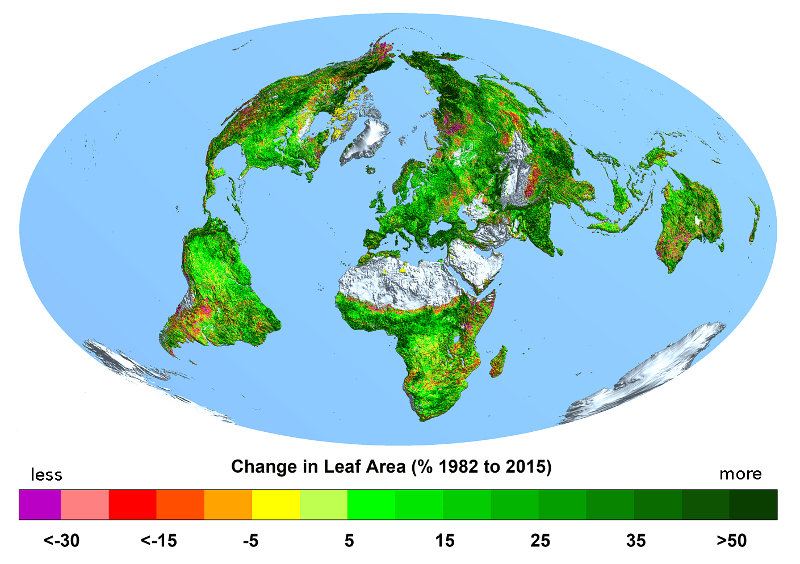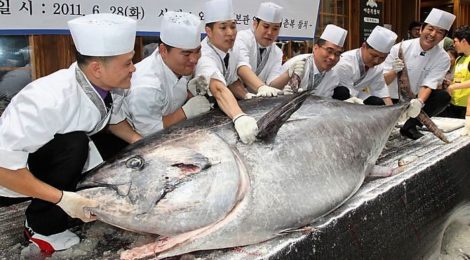
We Can and Must Restore Pacific Giant Bluefin Tuna
Fewer than 3% of Pacific Bluefin Tuna remain
In years gone past this greatest of all the tuna grew on verdant ocean pastures to become the Giant Bluefin often weighing more than 500kg.
But today Bluefins are starving on ocean pastures that have become blue deserts, what remain are subject to relentless overfishing, 98% of those caught today are tiny 1-2 year old juveniles.
Japanese celebrity chefs have traditionally competed each year to be seen paying as much as $1.8 million dollars for a single prized Giant Bluefin tuna, that’s very nearly the cost needed to restore and sustain Bluefin to historic levels of health and abundance.
In 2014, the International Union of Conservation of Nature put the Pacific Bluefin Tuna on its list of threatened species, warning that its population has been decimated year after year over the past 22 years with no end in sight. They report the condition of the Bluefin herd is unlikely to improve since the number of juvenile fish added each year, a process known as “recruitment,” is perilously low, the lowest it has been since 1952 when bluefin population science began.
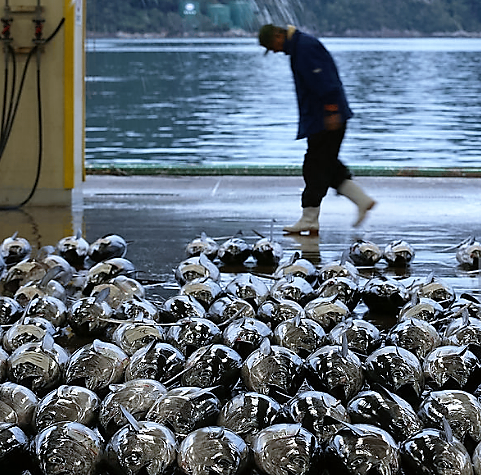
Giants no more, 98% of Bluefin tuna caught are now juveniles 1-2 years of age, not yet even of spawning age.
Catching the Bluefin is becoming an ever more difficult task in spite of the stunning new fish finding technologies on modern tuna ships. The annual catch has declined to as low as 15,000 tons from its 1981 peak of 35,000 tons in the Pacific Ocean and today the catch is almost entirely small juvenile Bluefin.
According to an assessment released in April by the International Scientific Committee of Tuna and Tuna-like Species in the North Pacific Ocean (ISC), the Pacific Bluefin tuna population has fallen to just 2.6 percent of its population before large-scale commercial fishing started.
The total stock of mature fish of spawning age was estimated to be 16,557 tons in 2014, down 90 percent from 160,005 tons in 1961. The ISC pointed out that the population was less than a third of the level just 20 years earlier and estimated that there were likely fewer than 110,000 adult Pacific Bluefin Tuna remaining in the entire Pacific Ocean. Historic populations of Bluefin surely numbered in the hundreds of millions.
Bluefin Ocean Pasture Biology
Pacific Bluefin Tuna roam widely in the North Pacific and are known to return to areas near Japan — the Sea of Japan and the sea near the Nansei Islands — to spawn. They have distinct nursery pastures but for most of their lives they follow the ocean pasture blooms which are few and far between, increasingly so. Fortunately large plankton blooms change the sound of the ocean and tuna and other marine life can hear the plankton blooming across ocean basins.
The Bluefin’s incredible speed allows them to easily travel 1000 miles or more to go from one blooming pasture to the next. They can easily cover those 1000 miles in just two days swimming. If the ocean pastures plankton blooms are rich and abundant it takes less than three years on verdant pasture for the fish to mature and reach spawning age. A well nourished Bluefin might live to an age of 40 or more years.
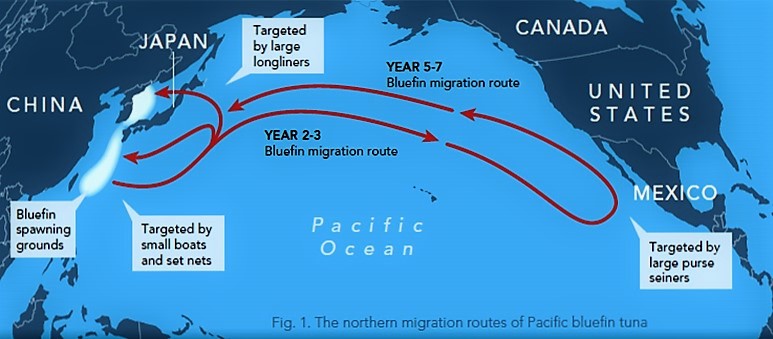
North Pacific Bluefin Tuna Migration and Spawning Grounds
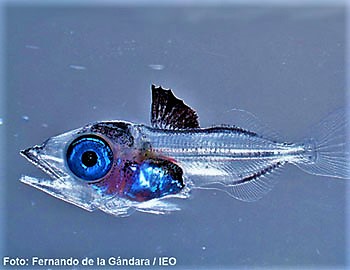
Tiny Bluefin mm in length when hatched grow to 2 meter long 500kg Giants in a few short years on healthy ocean pastures.
The Bluefin Tuna are one of the most remarkable fish on this blue planet. When their pasture is in good condition they can grow from egg to 10kg in their first year, they will be a 100kg spawning adult in under 3 years, in a mere five years some will reach 300kg. Well nourished adult fish on healthy ocean pastures will lay 5 million eggs per year, the giants will lay 25 million eggs during many spawns each year! Their capacity to repopulate their ocean pasture is almost beyond our comprehension.
Watch this trailer for a television special on the Bluefin Tuna
Bluefin Ocean Pastures Becoming Blue Deserts
But the story of the Bluefin Tuna pastures has become one of healthy pastures turning into ever more clear blue deserts. When their pastures are in poor condition as they are today the fish may not reach reproductive maturity for 5 years or more and even then they may rarely spawn laying only a few thousands of poorly nourished eggs at time. The number of young observed in nursery pastures of the Sea of Japan in 2014 was 77 percent lower than in 2013, according to Japanese research – the lowest in all of history. Restoring the ocean pastures for the Bluefin and other marine life must become our number 1 priority.
Fisheries management is exclusively about regulating the catch of wild fish – no consideration of their vital habitat is given.
Recently the Japanese Fisheries Agency planned to curtail the catch in an attempt to restore the stock of mature Pacific bluefin tuna to 43,000 tons, a historical median, by 2024. But the ISC’s dismal report showing the Bluefin stocks to be in a death spiral prompted the agency to dramatically shrink its estimates on how much recovery the Bluefin might see from reduction in catch. Further the agency has been using catch statistics that are more than a decade old as a baseline which grossly exaggerated the numbers of Bluefin remaining.
Plans to try to restore the Bluefin have focused on reducing the catch of juveniles while placing no restrictions on the incredibly important prized Giant Bluefins which are capable of producing such vast numbers of eggs and healthy young. The million dollar Giants are so prized that no tuna regulatory authority dares to restrict the taking of mature tuna in-spite of knowing that it is the biggest most fecund fish that are the most vital parents for sustaining a healthy herd.
My Prescription To Bring Back The Bluefin Tuna
We now know with great confidence much of the vital biology and ecology of the Giant Bluefin tuna of the Pacific. They are a herd animal just like the great herds of grazing animals on the African Plains or the plains of Asia, like the once countless buffalo of North America that was senselessly hunted nearly to extinction. As with all the great wild herds of the world if we destroy their pastures they will die. Surely we can over-hunt and over-fish which we have inevitably done, and do, but first and foremost to sustain the great herds we must sustain their pastures on land and at sea.
That we can over-fish the Bluefin into near extinction is certain given that at this same time their ocean pastures are becoming blue deserts due to the ecological destruction wrought by our high and rising industrial CO2 emissions. The problem with CO2 is that it makes the grass on the Earth grow better and that is the worst news ever for the oceans this is reported widely as global greening.
More grass growing means less dust blowing!
Everyone knows that grass and other plants on land grow in abundance when there is plenty of rain. That’s because it is rain that plants are in most need of, they have the minerals nutrients they need as they grow in the dirt. But ocean plants, the grass of ocean pasture the phyto-plankton, they grow in water and what they must have to survive and thrive is dust. That dust comes to them blown from the land in the wind. But as our high and rising CO2 has produced global greening the ocean pastures are suffering through a terrible drought.
The prescription to return the oceans to historic health and abundance is simple – give back to the ocean pastures the natural dust we have denied it.
For more than 30 years since the late great ocean scientist John Martin proposed this simple ocean remedy hundreds of scientists from more than 50 nations have been engaged in research on how to become proper stewards of our ocean pastures. Humanity learned this on land some 10,000 years ago when we first began to act as caring shepherds of our earthly pastures. It’s not rocket science, just basic common caring agriculture that is almost innate in humanity.
There are plenty of scientific details to know and understand and fortunately we have multi-billion dollar fleets of satellite orbiting our Blue Planet that readily allow us to study and understand the ecology and growing seasons and locations of the ocean pastures that sustain the great herds of Bluefin and other marine life.
We’ve studied and tested idea and you know what? Especially me, as I have performed the largest trial of ocean pasture restoration. IT JUST WORKS!
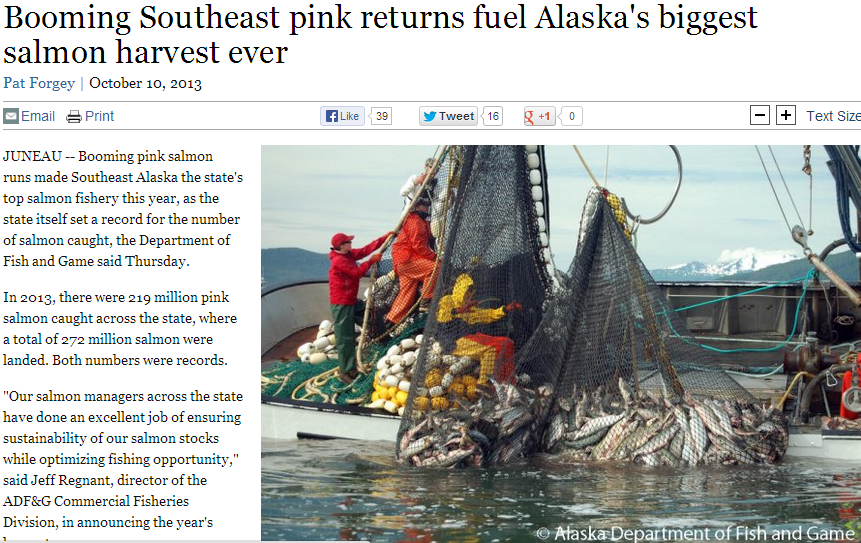
My 2012 ocean pasture replenishment and restoration work in the NE Pacific returned the ocean to life as seen in the largest catch of salmon in all of history in Alaska the next year. CLICK TO READ MORE
Restoring the Bluefin Tuna pastures of the Pacific Ocean is long overdue. We can, and we must act immediately to bring back those giant fish. Join me.









